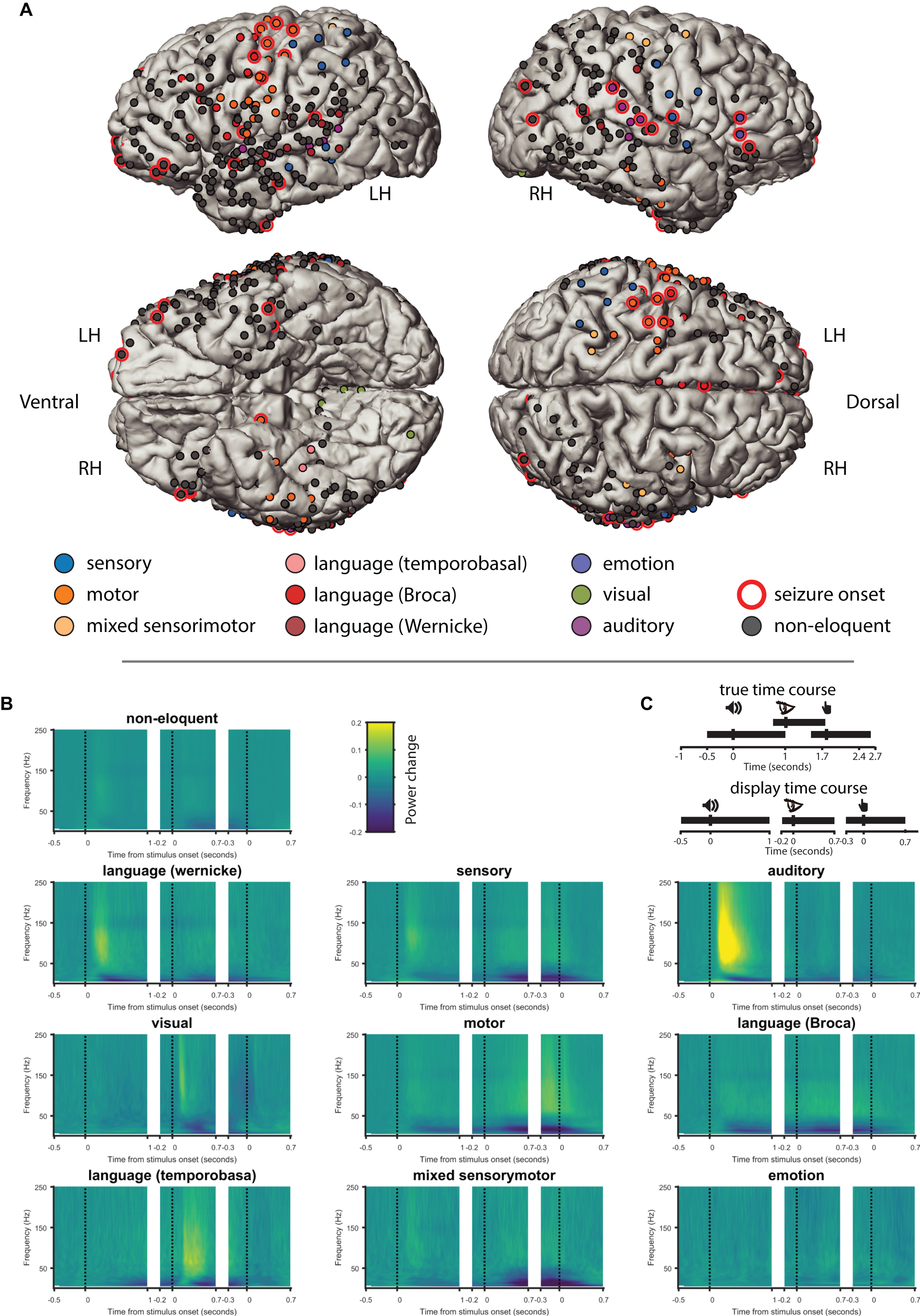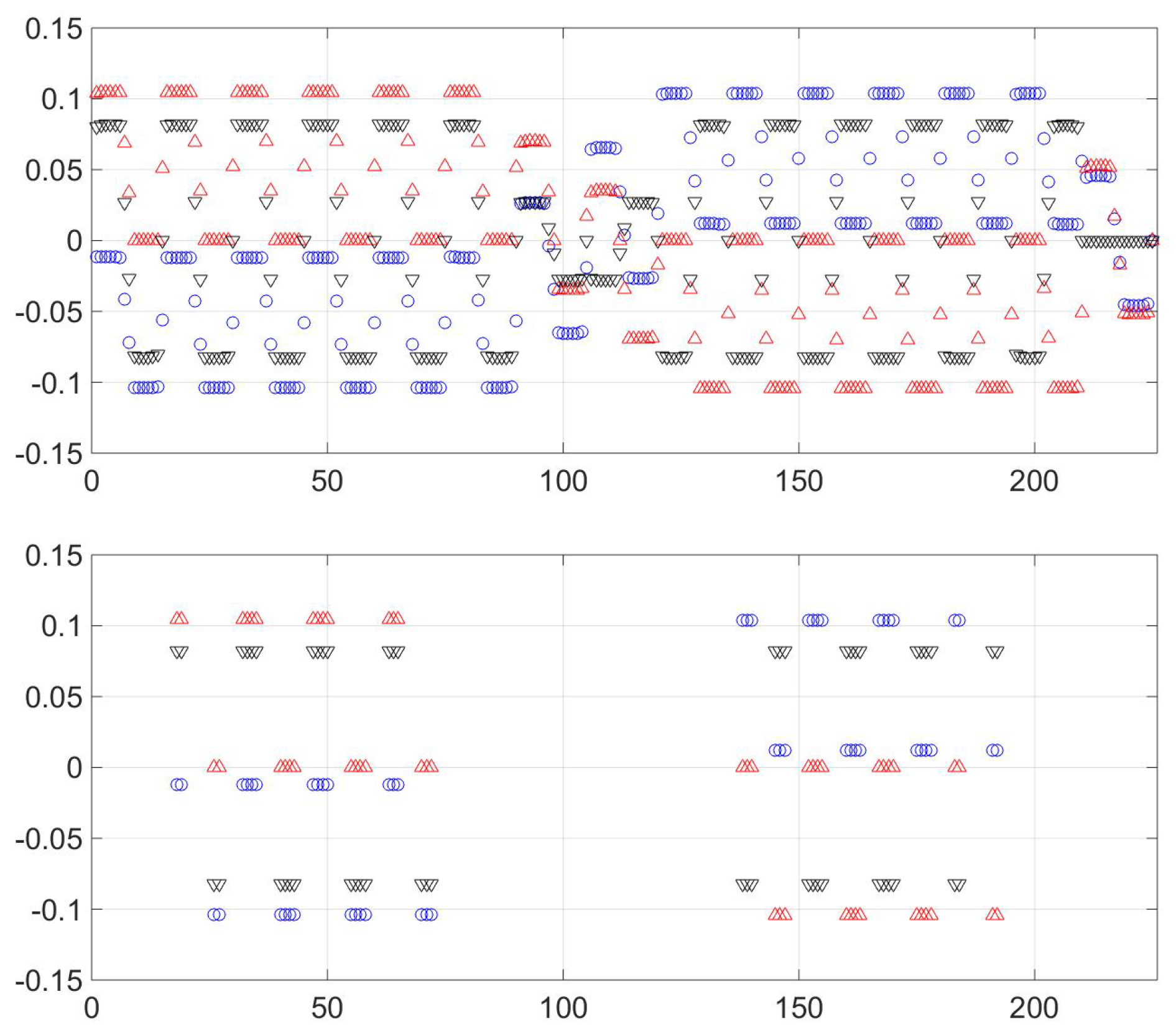
We then constructed, according to (1), the N × N matrix P of transitional probabilities of the drifters to move between bins of the grid (i.e., states of the Markov chain defined by P) using 2-day-long trajectory pieces, which may begin on any day. Ignoring time, there are 246 drifters on average per bin, with as many as 4266 drifters in some bins and a few (108) empty bins. While we did not perform optimizations of any kind, this grid resolution resulted in a reasonable individual bin coverage as shown in the drifter density plot in the right panel of Fig. We first laid down on the eGoM a grid of N = 1500 square bins of (roughly) 50-km side as shown (in black) in the left panel of Fig. In order to apply the eigenvector method, outlined in Methods, we proceeded to discretize the Lagrangian dynamics as represented by the drifter motion as follows. Our goal in this paper is to construct such a Lagrangian dynamical geography for the GoM, which carries useful information for guiding activities dealing with hampering and/or palliating the effects of an oil spill or a harmful algal bloom or supporting stock assessment efforts and management decisions for fishing regulations, just to cite some examples.įull size image Construction of the Markov-chain model Decompositions of the surface-ocean flow into almost-invariant sets form the basis of a Lagrangian dynamical geography, where the boundaries between basins are determined by the Lagrangian circulation itself, instead of arbitrary geographical divisions. Although attracting regions may be small and trap trajectories for long periods of time before eventually exiting and thus constituting almost-invariant regions, if their basins of attraction are large, they can exert great influence on the global Lagrangian dynamics. 22, where structures that are approximately fixed over a finite time duration were extracted. 18 approach is also subtly different from the eigenvector method of Froyland et al. 18 we employ here also differs from the recent flow network approach 20, 21 as the former analyzes time-asymptotic aspects of the dynamics through spectral information from the generating Markov chain, while the latter computes various graph-based quantities for finite-time durations to study flow dynamics. The eigenvector method of Froyland et al. This is conceptually very different than the traditional approach to population connectivity in marine systems, wherein transition matrices are constructed based on ad-hoc partitions of the flow domain into putative spawning and recruitment areas 19. Inspection of the eigenvectors of the transition matrix 18 enables localization of regions of the flow where trajectories converge in forward time as well as the regions where those trajectories originate from (i.e., their backward-time basins of attraction), thereby determining the connectivity between separated locations in the flow domain. The relevant nonlinear dynamics here are the Lagrangian dynamics, which can be appropriately discretized using those tools into a Markov chain described by a matrix of transitional probabilities of moving between states of the chain. This is indeed possible thanks to probabilistic tools which enable sketching absorbing and almost-invariant sets in the phase space of a nonlinear dynamical system 15, 16, 17. The number of drifters that have surveyed the GoM is large enough that a global characterization of the GoM’s Lagrangian dynamics can be sought.

Descriptive studies were also reported highlighting preferred synoptic pathway patterns 11, 12, 13, 14. Additional work was more concerned with making practical use of the drifter data through assimilating drifter velocities into ocean general circulation models 9 and blending these velocities with altimetry-derived velocities to improve near-real-time synoptic estimates of ocean currents 10. Other work employed drifter trajectory data to assess the significance of transport patterns detected from altimetry-derived velocity using nonlinear dynamics tools 6, 7, 8. A large body of the work done was dedicated to study relative dispersion statistics using pairs of drifter trajectories and their velocities in an attempt to deduce the shape of the kinetic energy wavenumber spectrum 1, 2, 3, 4, 5.


Much insight into the GoM’s surface-ocean Lagrangian dynamics has been gained from the analysis of different subsets of the collected drifter data. Over the past few decades a number of satellite-tracked surface drifting buoys have surveyed the Gulf of Mexico (GoM).


 0 kommentar(er)
0 kommentar(er)
